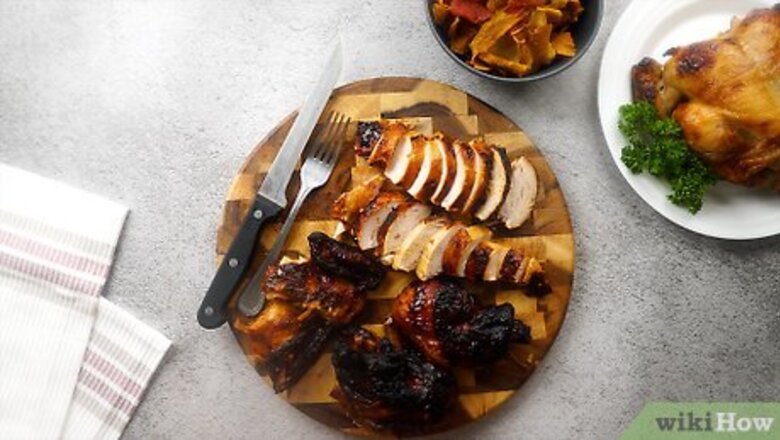
views
Total time (Microwave): 2-4 minutes
Reheating in Microwave
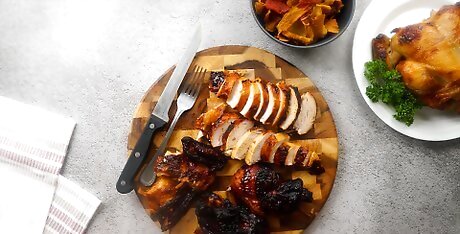
Cut the chicken into small pieces. Chicken—especially the breast meat—tends to dry out when it's heated for too long. Cutting the chicken into smaller pieces will make the reheating time shorter and prevent the pieces from drying out.
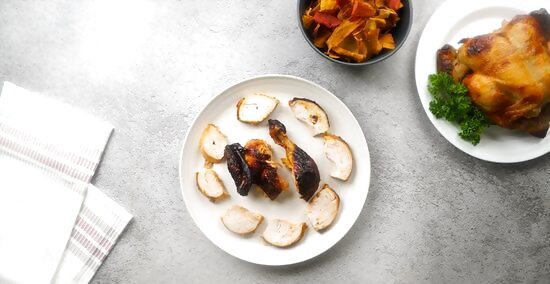
Place the chicken on a microwave-safe plate. Arrange the chicken in a single layer so none of the pieces overlap. Leave a little space in between each piece so it heats evenly. Don’t microwave anything in a plastic container. Many of the myths surrounding microwaved plastic and cancer have proven scientifically unfounded. The risk you run, though, is melting the plastic onto your food. Regular plates, paper plates, or glass containers work well.
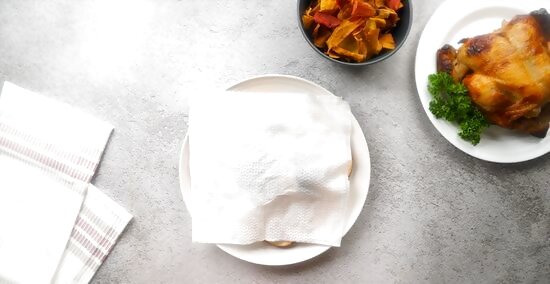
Cover the chicken with a damp paper towel. Using a damp paper towel will keep the chicken from drying out. Avoid using regular old plastic wrap, as it might melt onto your food. Don’t use tinfoil either, as it can spark and either start a fire or break your microwave. You can purchase microwave covers that are made of microwave-safe plastic, if desired. You could also put 1 tablespoon (15 mL) or so of chicken broth or water in the dish to keep the chicken from drying out.
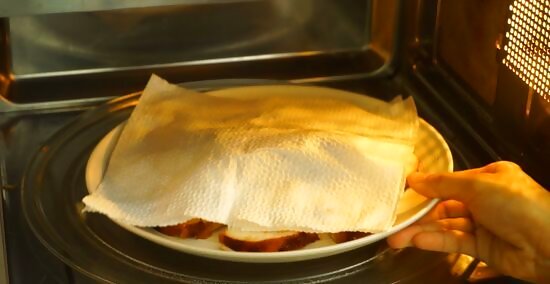
Reheat your chicken for 1.5-5 minutes, flipping it once. How much chicken do you have? If it's a very small amount (a serving for a single meal), begin with 1.5 minutes of reheating using the normal setting on your microwave—usually 1,000 watts. If you have a large amount of chicken, begin with 2.5-3 minutes of microwaving. At the halfway mark, carefully flip the chicken over so both sides heat evenly. Check the temperature either by touching the chicken with your finger or by tasting a small bite to see if it's been warmed through properly. Continue to reheat in 30-second increments until it reaches an appropriate temperature.
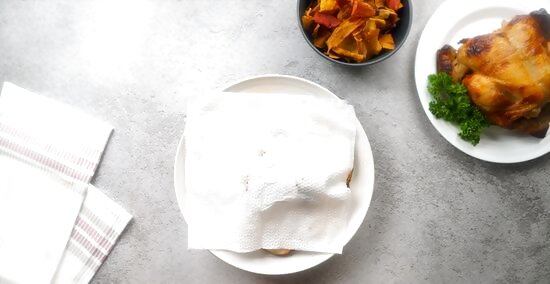
Remove the plate and let the chicken rest. Keep in mind that the container will likely be very hot, so use oven mitts or potholders to safely remove the chicken from the microwave. Leave the cover over the chicken, and let it rest for 2 minutes before cutting into it or serving.
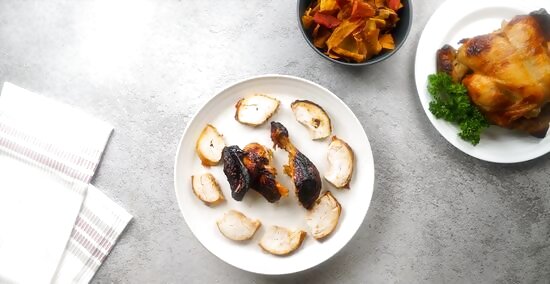
Remove the cover. Be careful when you do this, as it may release a large amount of hot steam. Keep your face and fingers out of the way to prevent burns.
Reheating on a Stovetop
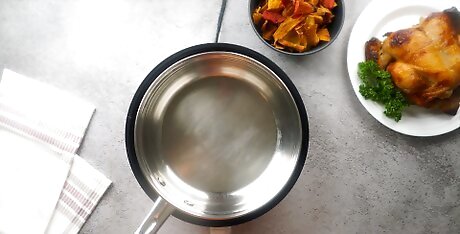
Bring a pan up to low-to-medium heat. A non-stick pan is ideal for reheating chicken — especially when the skin has been left on the meat, since the fatty skin tends to stick to heated pans. You should be able to feel heat emanating off the pan when you place your hand 2 inches (5.1 cm) above it. You don't want the pan to be as hot as you'd use to cook raw chicken, as intense heat will dry the chicken out.
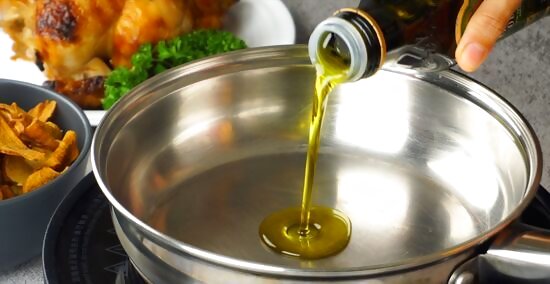
Put 1 tablespoon (15 mL) of oil or butter in the pan. A little bit of fat in the pan will prevent the chicken from drying out. You could substitute the oil or butter for water or chicken broth, if desired.
Reheat the chicken in the pan. Place the cold chicken in the pan and watch it closely. To prevent burning, move the chicken around the pan so the surface doesn't have a chance to stick to the pan. Make sure to turn the pieces from time to time to heat the chicken through from both sides. For better results, try taking the chicken out of the refrigerator 30 minutes before reheating it. This way, it will be in room temperature and it won't dry out as much during the process.
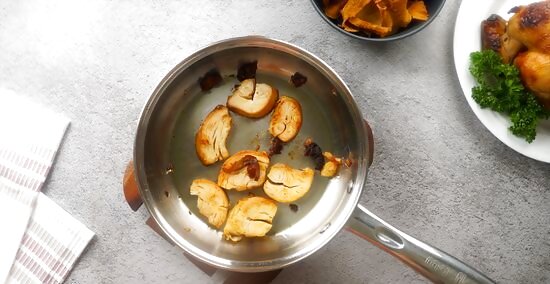
Let the chicken rest before serving it. Give the chicken a minute or 2 to redistribute its juices, then eat!
Reheating Chicken in an Oven
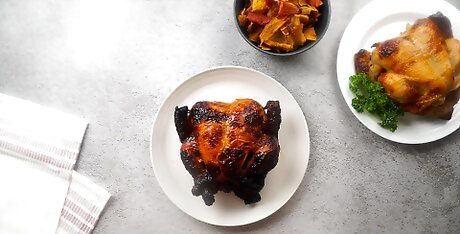
Defrost the chicken if it’s frozen. You don’t have to bring the chicken up to room temperature if it's been frozen, but make sure it's not frozen solid. Place it in the refrigerator for several (6-8) hours before reheating it to slowly bring the temperature up. If you are going to reheat the chicken immediately, place the frozen chicken in a water-proof Ziploc bag and run cold water over it until it thaws. You can also thaw it in the microwave on the “Defrost” setting.
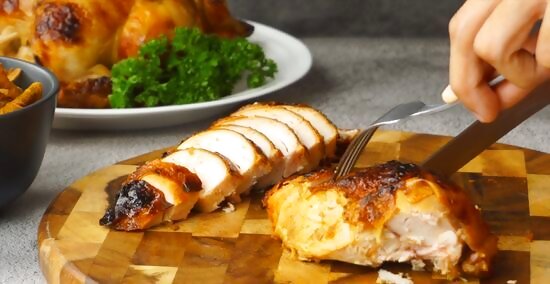
Cut the chicken into small pieces. This will prevent the chicken from drying out during the reheating process.
Place the chicken in an oven-safe dish or pan and cover it. A cookie sheet would be ideal. Check the bottom of the dish to make sure it will stand up to extreme temperatures. Spread the pre-cooked chicken pieces in the container, doing your best to keep even spacing between the pieces. Cover your chicken pieces with leftover pan juices, if available. Or, use a little water or chicken broth. Cover the dish or cookie pan with aluminum foil to keep the chicken from drying out. If you want, you can put the chicken in the microwave for a minute, just to heat up the inside. This way, you will need less time on the pan, which reduces the risk of drying out the meat.
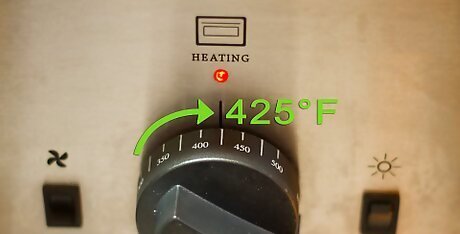
Preheat the oven to 425 to 475 °F (218 to 246 °C). Different ovens take different amounts of time to preheat, so make sure the oven is up to the right temperature before you insert the chicken for reheating.
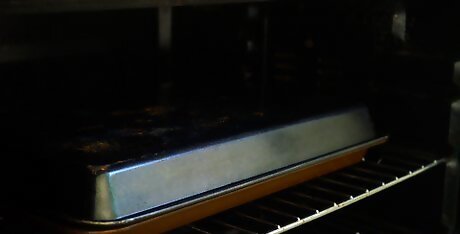
Reheat the chicken to 165 °F (74 °C). Once the oven has preheated, place the chicken in the oven. If the chicken has been cut into small pieces, it may take only a few minutes to reheat properly. If you are reheating large pieces, like whole breasts, you may have to wait longer. Use a meat thermometer to check the internal temperature and make sure you’re not leaving the middle cold.
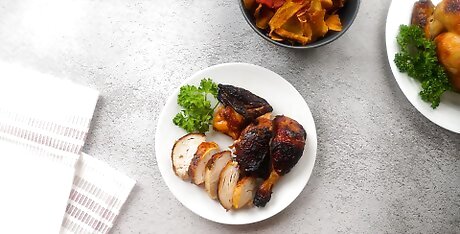
Remove the chicken and serve it. Use oven mitts to protect your hands when removing the chicken from the oven, and use a potholder or trivet to protect your counters from the heat of the container. If you have large pieces of chicken, let it rest for a couple minutes before cutting into it. This will allow the juices to redistribute, so you won’t have dry, tough chicken.
Reheating a Whole Store-Bought Rotisserie Chicken in an Oven
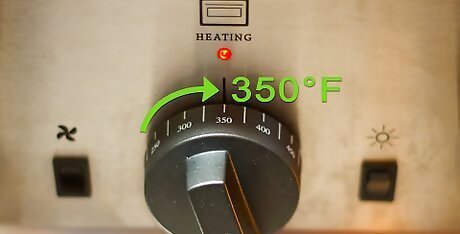
Preheat the oven to 350 °F (177 °C). Different ovens take different amounts of time to preheat, so make sure the oven is up to the right temperature before you insert the chicken for reheating.
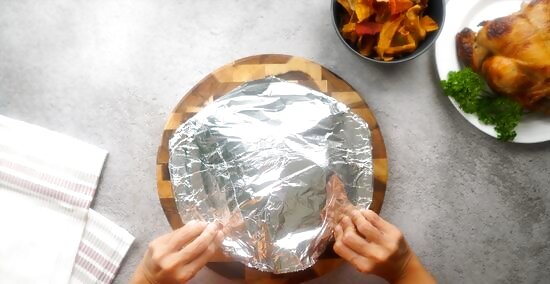
Put the chicken on a prepared roasting dish and cover it. Because the chicken has already been cooked, you don’t really need a roasting dish with deep sides, because there won’t be juices running off the chicken. However, a roasting dish is still a good size for reheating a rotisserie chicken. Rub butter or oil on the surface of the dish, or spray it with nonstick cooking spray, to keep the chicken from sticking to it. Place the whole rotisserie chicken in the dish. Then, cover it with aluminum foil.
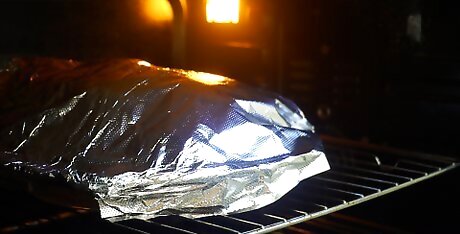
Heat the chicken to 165 °F (74 °C). Place the dish in the properly preheated oven, making sure it’s in the center rack for even heat application. Depending on how large your chicken is, you might need a little more or less time, but it should take about 25 minutes for your chicken to reheat thoroughly. Begin checking the temperature a few minutes early, especially if your chicken is on the small side. Don’t let the chicken overcook, as it gets tough and dry—especially the white meat.
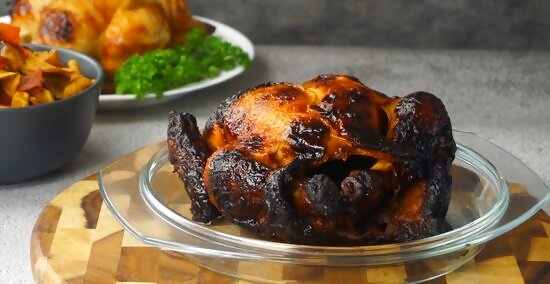
Serve the chicken after letting it rest for 5 minutes. Remove the chicken from the oven, using oven mitts and trivets to protect your hands and the counter from the hot container. Let the chicken rest at room temperature for about 5 minutes before cutting into it. This allows the juices to redistribute throughout the chicken, keeping it moist when served.















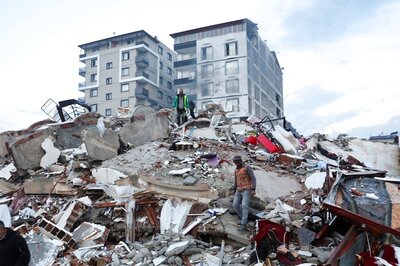



Comments
0 comment